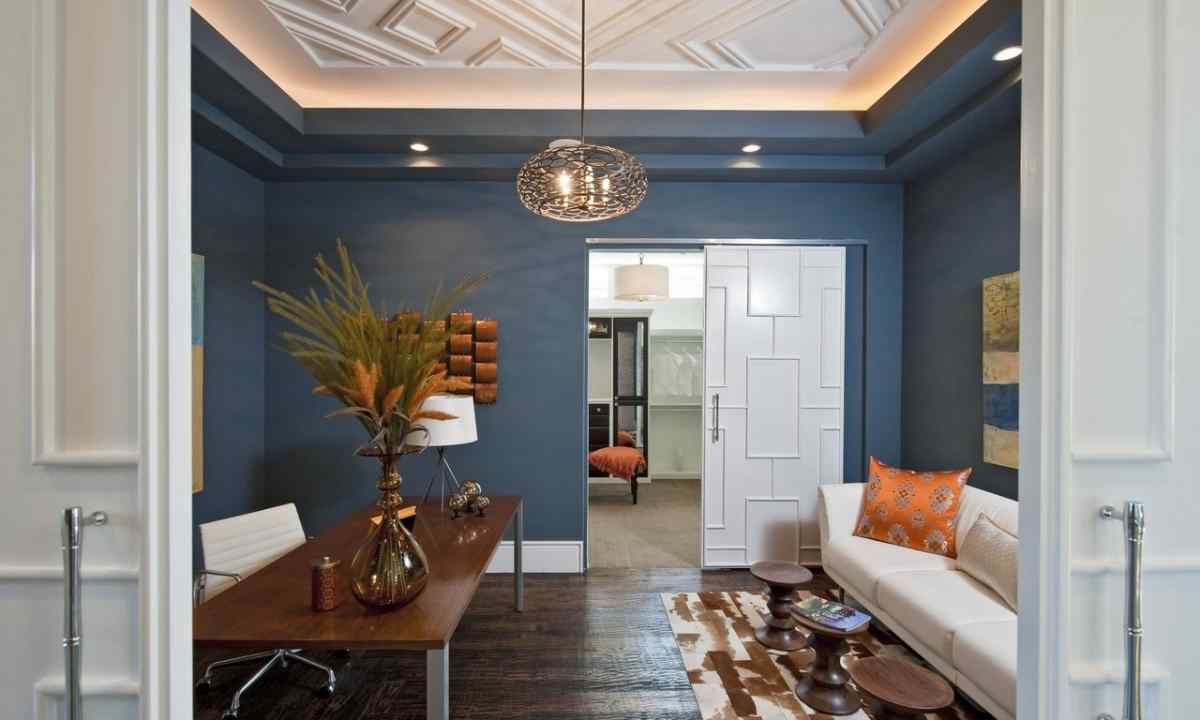When it comes to repair – forced or as a hobby – it will be possible to avoid painting of ceiling hardly. Not to be sorry about in vain spent money and forces, choose ceiling paint according to type of the room and the painted surface.
Instruction
1. Ceiling paint in inhabited rooms will differ from paint for kitchen and the bathroom. In the first case any paint for dry rooms suffices. As for damp rooms, the paint having moisture resistance, antifungal components is necessary there; suitable for frequent washing. In case with kitchen ceiling it is good to pick up the paint resistant to sedimentation of soot from plate.
2. It is standard to classify paints as basis. Oil paints in the basis have drying oil, enamel – varnish. This two types of paints are called alkyd. Alkyd paints are diluted with White spirit, turpentine or drying oil because of what have pungent smell and can be used only in well aired rooms. They long dry and have no fire-prevention properties.
3. Glue colors are made on the basis of water solutions of organic polymers. Such paints well "breathe", that is pass air. However, forming porous surface, they also perfectly absorb moisture therefore are not recommended for use in damp rooms.
4. Aqueous emulsion inks represent suspension of the components (pigment and binding basis) entered into water. After water drying, paint turns into film. Such paint is used most often as possesses slight smell (or does not possess it at all), quickly dries. It is applied in dry rooms as it is quite easily washed away.
5. One of types of water emulsions are water dispersible paints. Their difference from aqueous emulsion inks is that they are moisture resistant and can be exposed to mechanical cleaning. Minus is that water dispersion has no variety of shades for which aqueous emulsion ink is famous. Water dispersible paints can be only white.
6. Water dilutes acrylic, latex, silicate and silicone paints. All of them have different degree of durability, but are capable to cover cracks and even to serve as primer. For damp rooms silicone paints are ideal, and silicate will prevent ignition of surface (that can be relevant at the dacha with wooden ceiling).
7. The metal, stone, wooden and plastered surfaces grounded can be painted alkyd and aqueous emulsion inks. But consider that aqueous emulsion ink is badly applied on varnish surfaces and over glue colors.
8. Ceiling paint can be glossy or opaque. Degree of gloss of paint depends on in what proportion there are its components (in gloss paint less coloring pigment). Semi-gloss paint will be suitable for ideally smooth ceiling. But most often it is required to hide shortcomings therefore experts advise to use opaque paint.
